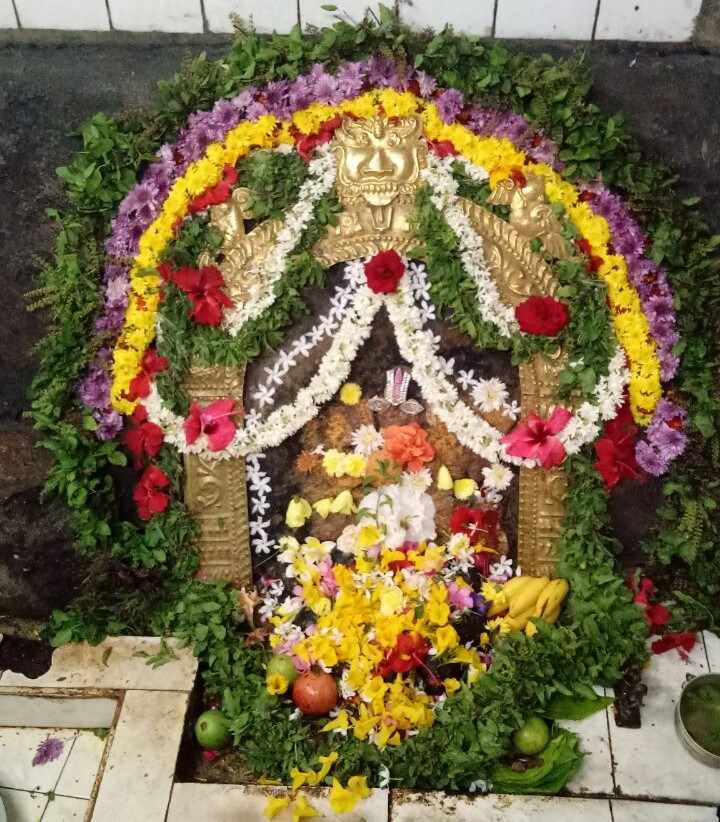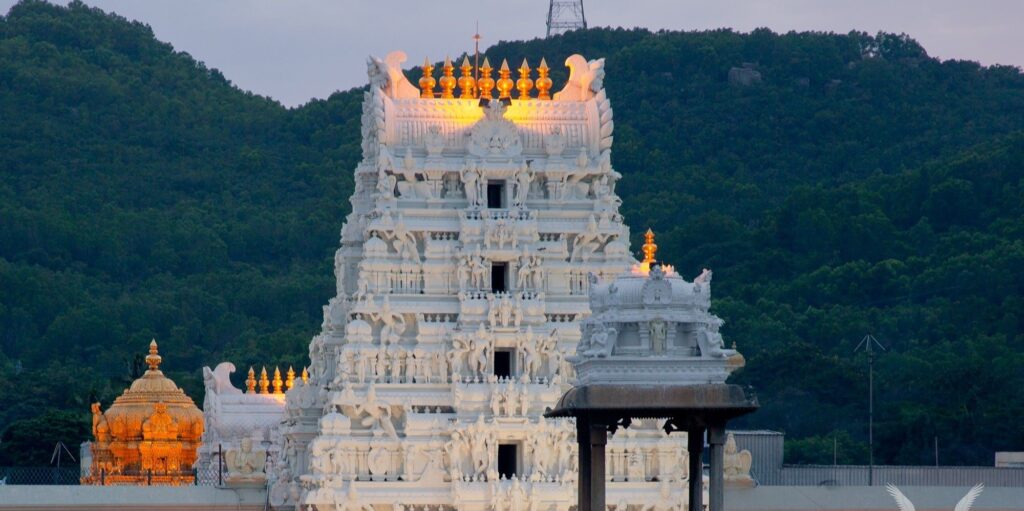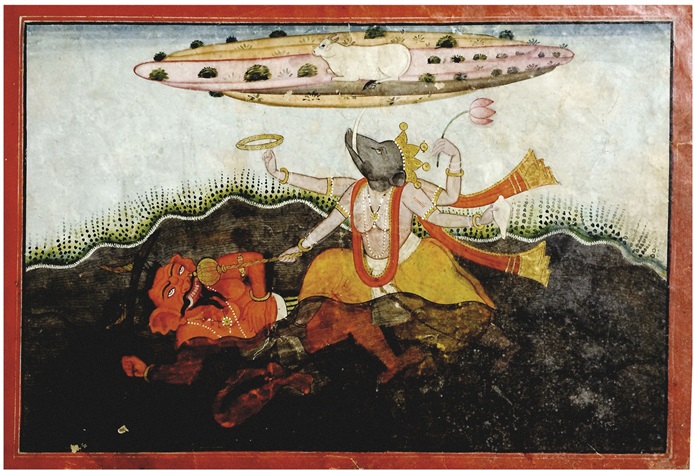Tirupati Balaji Darshan – Tirumala Tirumala is an ancient famous Pilgrimage centre. Maha Vishnu took the avatar of Srinivasa in Kaliyuga after the Rama and Krishna incarnations. Venkateswara is an idol form of Srinivasa. The Worship form of Srinivasa is Venkateswara Swamy. It is called Adi Varaha Kshetra. It is more than two hundred crore Read More
Tag: Sri Venkateswara Swamy
Tirumala Hills (Seven Hills) are popularly known as the abode of Sri Venkateswara Swamy. These hills are known as Kaliyuga Vaikuntha bestowing and showering the divine grace of Lord Srinivasa upon the devotees uninterruptedly.
Sri Venkateswara Swamy Darshan – ecstatic happiness
Sri Venkateswara Swamy Darshan – Tirumala Tirumala is an ancient famous Pilgrimage centre. Maha Vishnu took the avatar of Srinivasa in Kaliyuga after the Rama and Krishna incarnations. Venkateswara is an idol form of Srinivasa. The Worship form of Srinivasa is Venkateswara Swamy. It is called Adi Varaha Kshetra. It is more than two hundred Read More
Sri Venkateswara Swamy Temple, Upamaka (TTD Temple)
Sri Venkateswara Swamy Temple About five thousand years ago, Lord Venkateswara Swamy descended from Vaikuntam and incarnated himself on Venkatachalam. Lord Venkateswara Swamy known for fulfilling the desires of his devotees has in subsequent periods been consecrated and adored in several places other than Venkatachalam at the request of his devotees. One such holy place Read More
Sri Venkateswara Swamy (the Chief Idol), Tirumala
The Chief Idol – Sri Venkateswara Swamy, Tirumala (Tirupati) The Self-Emerged Idol of Lord Venkateswara is standing on a golden lotus base. Have a good look at the Lotus Feet of Lord Venkateswara. He has silk robes. The dangling garlands are further beautifying the silk robes. Near Lord’s naval there is a sword by the Read More
Varaha Kshetram – Manifestation of Sri MahaVishnu
Varaha Kshetram The Seven Hills of Tirumala in total is being called ‘Varaha Kshetram‘. Sri Venkateswara Swami and Sri Varaha Swami temples are located here. Having the first darshan of Lord Varaha Swami, the darshan of Sri Venkateswara Swami later by the devotees has been a practice for several years and is the specialty of Read More
Metlotsavam – 4 times in a year – A Unique Spiritual Program of Dasa Sahitya Project
Dasa Sahitya Project to conduct “Metlotsavam” – In the Memory of Sri Vyasatirtha Tirumala – the sacred abode of Sri Venkateswara Swamy is unparalleled in its spiritual glory. As per Bhagawan Vedavyasa, a holy place like Tirumala and a God like Sri Venkateswara never existed in the past nor will there be in the future. Such Read More




